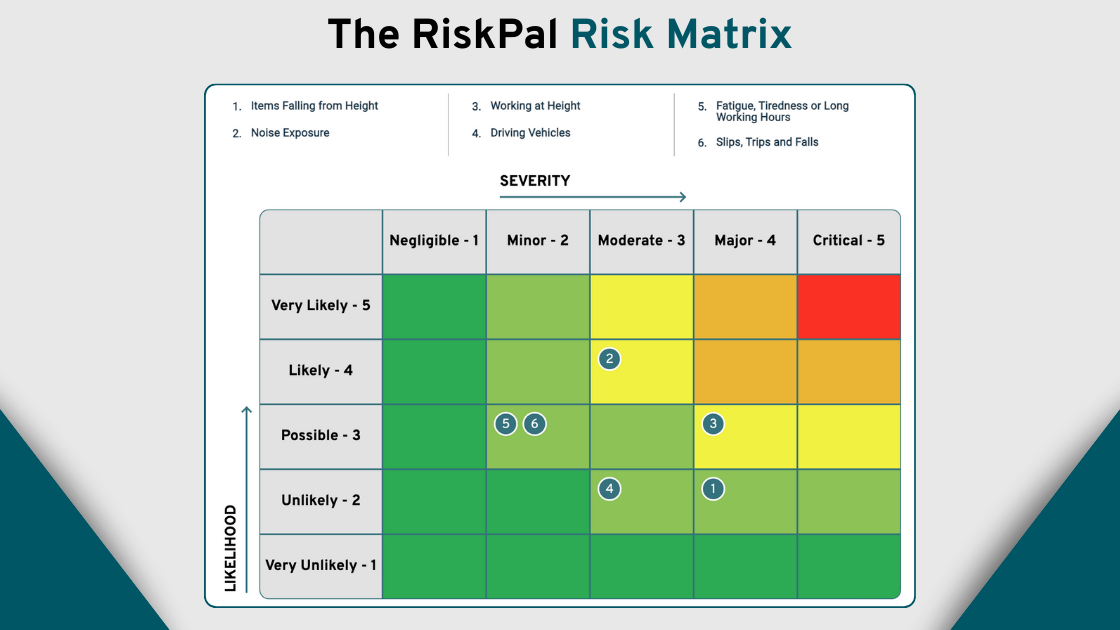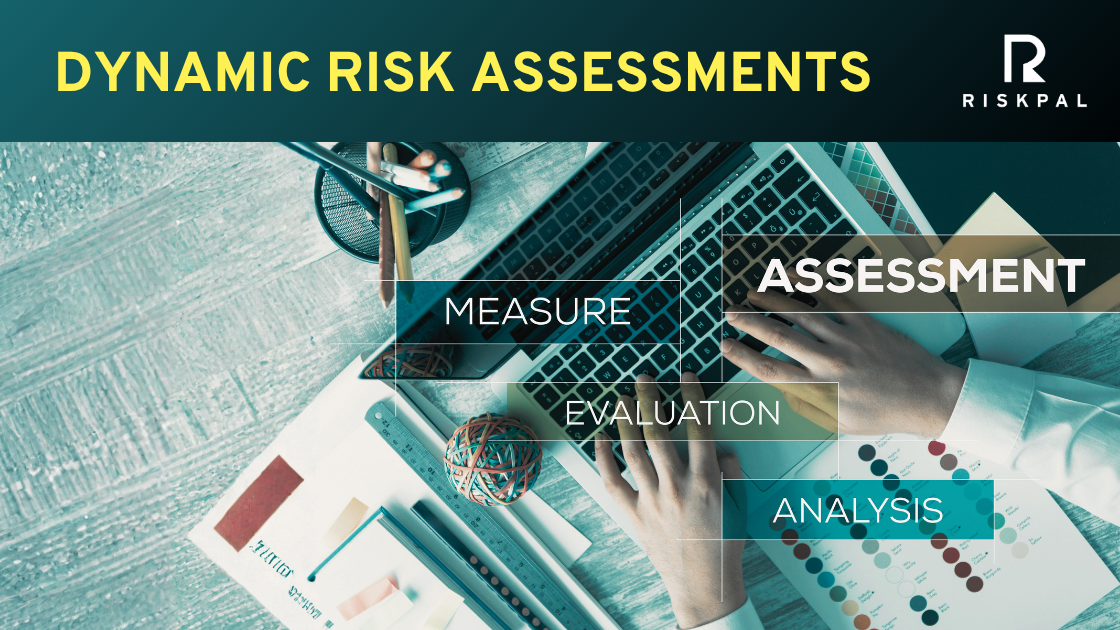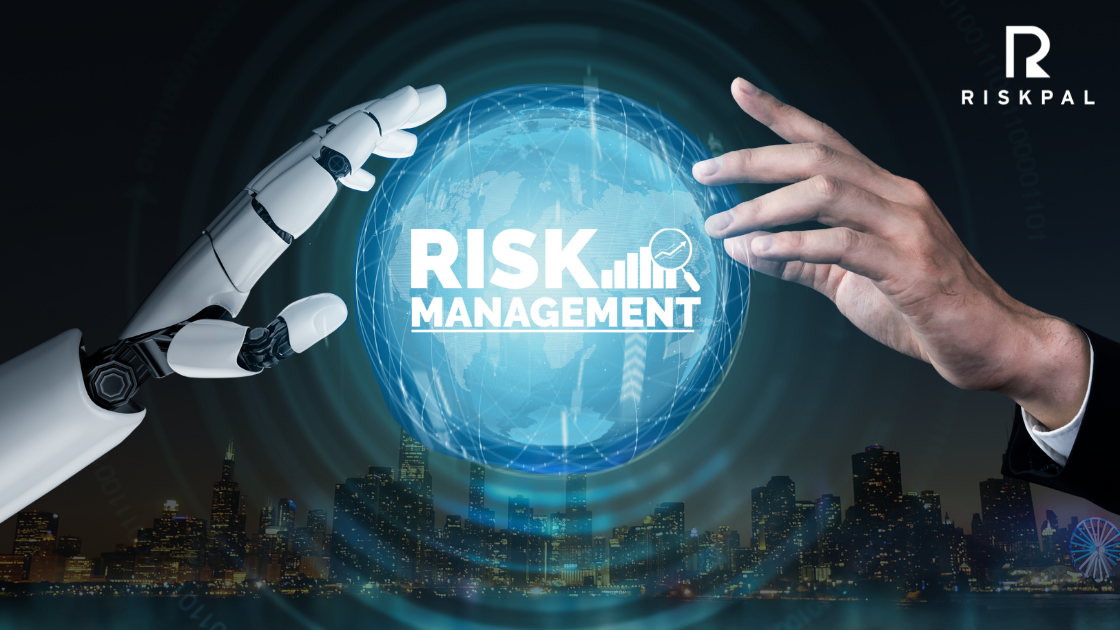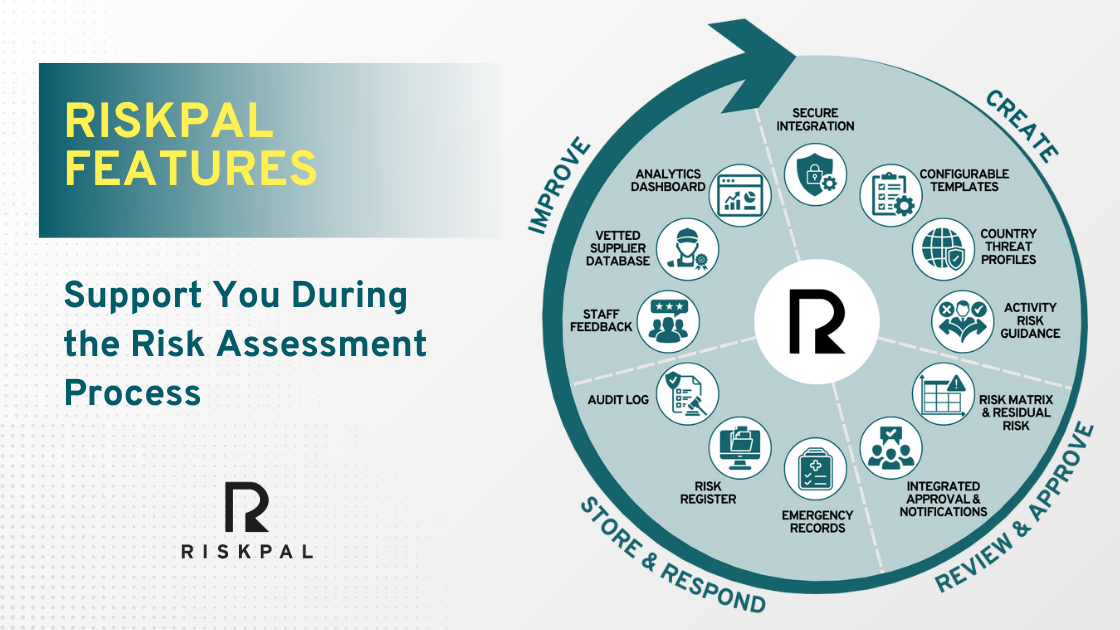Why Sensory Cues Are Critical in Risk Assessment
Our senses are more powerful than we often realise, especially in high-stakes situations like risk assessment. From visual signals to auditory alerts, sensory cues can profoundly influence our decision-making, enabling us to react faster and more effectively.
In this piece, Colin Pereira, RiskPal Co-Founder and Director, shares his insights into how sensory cues influence risk assessment.
Sensory Cues in Action
A few years ago, I was enjoying a peaceful Saturday nap in my London living room when I was jolted awake by a faint hissing sound from a corner of the room. In a split second, I leapt onto the dining table, grabbing a saltshaker as a weapon. An extreme reaction for a peaceful afternoon in London you may think. However, having grown up in the tropics, my primal instincts kicked in immediately. My brain performed a rapid risk assessment, opted for a “better safe than sorry” approach, and concluded there was a snake in the room.
Imagine my humiliation a few minutes later when my wife walked in to inform me the source of the hiss was a faulty valve on the heating system that I needed to fix.
Although this is an amusing anecdote, it reveals how our brains are hard-wired to risk assess sensory cues often before we consciously process them.
Nature’s Danger Signals: Lessons for Risk Management
Mother Nature is a master of sensory communication. Vibrant colours, sharp sounds, and distinctive smells are universal indicators of danger:
- Yellow and black stripes on a wasp warn predators of a sting.
- Bright red berries often signify toxicity.
- The distinctive rattle of a rattlesnake alerts us to steer clear.
These natural cues provide a blueprint for how sensory information can enhance risk management.

The Power of Visualisation in Risk Assessment
In risk management, clear communication is crucial, yet documentation is often lengthy, repetitive and quite frankly boring. Incorporating visual elements can drastically improve clarity and impact.
- Visual triggers enhance understanding: Images and colours are processed faster by the brain than text, making them invaluable for conveying complex information.
- Improved memory retention: Studies show we retain 80% of what we see compared to only 20% of what we read.
- Prioritisation and clarity: Tools like traffic light systems or risk matrices enable users to identify and act on high-risk scenarios swiftly.
At RiskPal, we’ve embraced these principles by integrating visually appealing tools into our platform, such as customisable risk matrices. Users can easily score risks based on severity and likelihood, with results plotted on an intuitive grid. This approach ensures critical information is prioritised and easily understood by all stakeholders.

Simplify Safety with RiskPal
RiskPal is a game-changer for organisations seeking to improve their risk assessment capabilities. By offering a more visual, efficient and data-driven approach, our platform empowers you to make informed decisions and mitigate risks effectively.
Although we have still not explored the potential of adding sounds and smells to our risk assessment platform… Maybe that is the next technological frontier?
Want to learn more? Get in touch to see how RiskPal is making safety simple and compliance straightforward.



